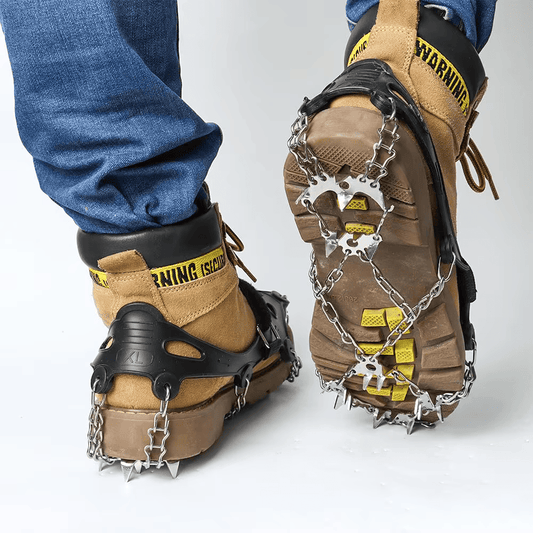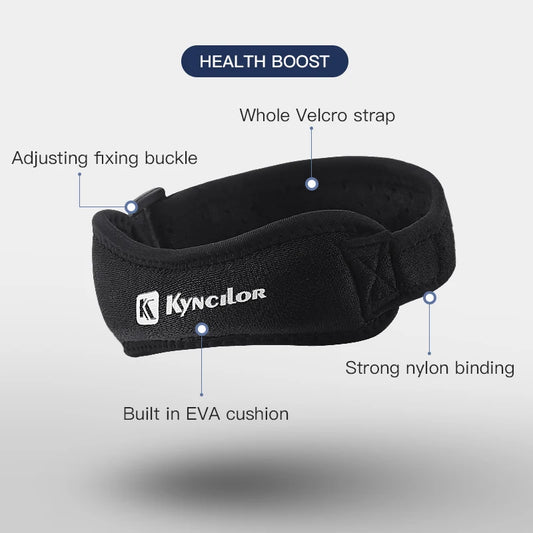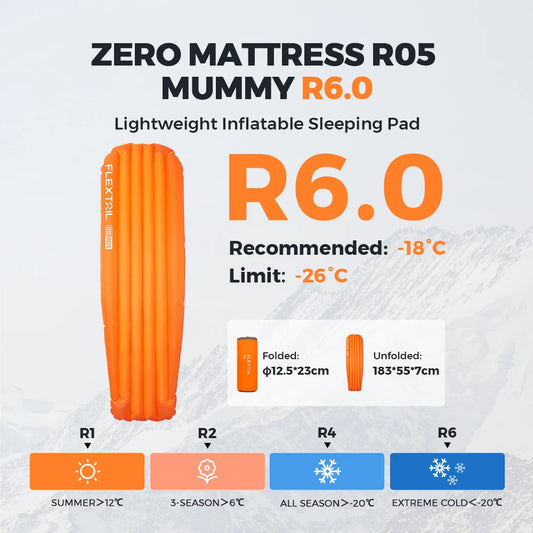
First Aid in the Wilderness : What You Need to Know for Outdoor Safety
Share to your friends
Exploring the great outdoors can be an exhilarating experience, but you have to be prepared for the unexpected and dangerous situations. Like anywhere, accidents can happen, and immediate access to professional medical help is often limited. That’s where wilderness first aid comes into play. For your safety and the safety of your companions, knowing how to handle common injuries and emergencies in the wilderness is crucial.
In this blog, we’ll cover the key aspects of wilderness first aid, including what to pack, how to treat common injuries, and the best survival tips that every hiker and camper should know.
Why Wilderness First Aid is Different
First aid in urban or suburban areas typically involves stabilizing the injured person until professional help arrives, often within minutes. In the middle of the mountain for example, however, it could take hours or even days for help to arrive, depending on your location. This extended timeline means you need to be more self-reliant, capable of addressing injuries, and prepared to manage the situation for longer periods.
Being prepared can make the difference between a minor injury becoming serious or staying under control. Wilderness first aid focuses on practical, immediate care, as well as knowing when and how to evacuate someone if necessary.
Must-have First Aid Kit Special Outdoors
Before heading out on any trip, assembling a well-stocked first aid kit tailored for the wilderness is a must. Here’s a list of essential items you should include:
- Bandages and Sterile Gauze Pads: For covering wounds and protecting them from infection.
- Adhesive Tape and Elastic Wraps: To secure bandages or provide support for sprained joints.
- Antiseptic Wipes and Antibiotic Ointment: For cleaning wounds and preventing infection.
- Tweezers and Scissors: For removing splinters or cutting bandages.
- Pain Relievers (Ibuprofen or Acetaminophen): For headaches, muscle pain, or minor injuries.
- Antihistamines: To manage allergic reactions or bug bites.
- Blister Treatments (Moleskin or Blister Pads): Especially important for hikers.
- Medical Gloves: For maintaining hygiene when treating wounds.
- CPR Mask: For safe resuscitation efforts.
- A Multi-Tool or Knife: Useful for cutting, opening, or repairing gear.
- Emergency Blanket: To prevent hypothermia in cold conditions.
- A First Aid Manual or Wilderness Medical Guide: To reference in an emergency.
Make sure your kit is customized to your trip’s duration, remoteness, and the specific needs of your group. Check our First Aid kit right here !
Common Wilderness Injuries and How to Treat Them
Let’s break down some of the most common injuries encountered in the wilderness and how to address them effectively :
1. Cuts, Scrapes, and Wounds
Cuts and scrapes are among the most common injuries you’ll encounter in the outdoors, especially on rough terrain. If left untreated, even small cuts can become infected.
-
How to Treat :
- Clean the wound immediately with water and, if available, an antiseptic wipe.
- Apply antibiotic ointment to reduce the risk of infection.
- Cover with a sterile bandage or gauze pad and secure with adhesive tape.
- Monitor for signs of infection, such as redness, swelling, or pus.
2. Sprains and Strains
Twisted ankles or sprained wrists are frequent injuries on uneven terrain. A sprain occurs when ligaments are stretched or torn, causing pain and swelling.
-
How to Treat :
- Use the R.I.C.E. method: Rest, Ice (or cold if available), Compression, and Elevation.
- Apply an elastic bandage to provide support.
- If swelling is severe or you suspect a fracture, immobilize the limb and consider evacuation.

3. Blisters
Blisters are common for hikers, especially on long treks. They form when the skin is irritated by friction, often from poorly fitting footwear.
-
How to Treat :
- Cover hot spots (areas of irritation) with moleskin or blister pads before a blister fully forms.
- If a blister breaks, clean it with antiseptic and cover it with a sterile bandage to prevent infection.
4. Dehydration and Heat Exhaustion
Dehydration and heat exhaustion occur when the body loses more fluid than it takes in, often due to excessive sweating, lack of water, or high temperatures.
-
How to Treat :
- Encourage the affected person to drink water and rest in a shaded or cool area.
- Apply cool, wet cloths to their skin or have them sip electrolyte solutions.
- If symptoms include nausea, vomiting, or confusion, it could indicate heat stroke, which is a medical emergency requiring immediate evacuation.
5. Hypothermia
Hypothermia occurs when your body loses heat faster than it can produce it, causing your core temperature to drop dangerously low. It can happen in cold environments or even in wet, windy conditions.
-
How to Treat :
- Remove any wet clothing and replace it with dry, insulated layers.
- Provide warmth with an emergency blanket or by building a fire.
- If the person is conscious, offer warm fluids.
- In severe cases, seek immediate evacuation to prevent life-threatening complications.
6. Insect Bites and Stings
Bug bites can range from minor irritations to serious allergic reactions, especially in the case of bee stings or spider bites.
-
How to Treat :
- Remove stingers (if present) using tweezers.
- Apply antihistamine cream or take oral antihistamines to reduce swelling and itching.
- In the event of a severe allergic reaction, use an epinephrine auto-injector (EpiPen) if available and seek emergency medical help.
Key Wilderness First Aid Skills
In addition to having the right supplies, there are a few essential skills that every wilderness traveler should know:
- CPR : Cardiopulmonary resuscitation can save lives during cardiac emergencies, but it requires hands-on practice. Consider taking a certified CPR course.
- Splinting : Knowing how to create a splint using available materials can stabilize a broken bone or sprain until professional help arrives.
- Water Purification : Always carry a water purification method (filters, tablets, or boiling) to avoid illnesses caused by contaminated water.
- Evacuation Procedures : Have a plan in place for how to evacuate someone in case of a severe injury or emergency, including knowing the nearest routes out and carrying a communication device like a satellite phone or personal locator beacon (PLB).

Prevention is Key: Reducing the Risk of Injury
Preventing injuries is just as important as knowing how to treat them. Follow these tips to reduce your chances of encountering emergencies :
- Plan Your Route : Choose trails and campsites that match your skill level and experience.
- Stay Hydrated : Drink water regularly to prevent dehydration and heat exhaustion.
- Wear Appropriate Gear : Use proper footwear, clothing, and safety equipment for the terrain and weather conditions.
- Pace Yourself : Don’t push too hard or fast. Take breaks and listen to your body.
- Communicate : Always inform someone of your route and expected return time.
Conclusion
First aid in the outdoors is a vital skill that every outdoor enthusiast should master. By carrying the right equipment, knowing how to treat common injuries, and taking preventive measures, you can turn an unexpected accident into a manageable situation.
Looking for reliable outdoor first aid gear ? Check out our collection of hiking gear, camping and survival equipment here.
Ezorya Team








